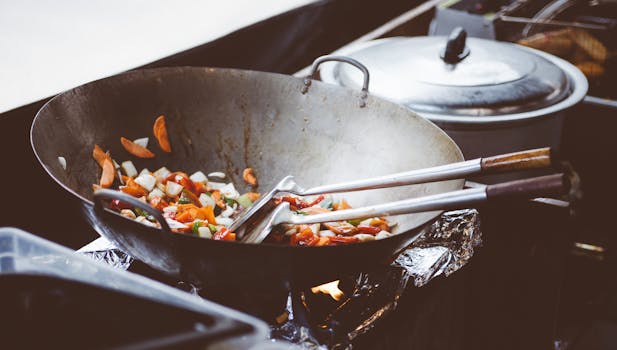Reduce Food Waste by Cooking the Right Amounts of Food and Using Leftovers
Food waste is a pressing global issue, with approximately one-third of all food produced for human consumption going to waste each year. This staggering statistic translates to about 1.3 billion tons of food, which not only represents a significant loss of resources but also contributes to environmental degradation and climate change. One effective way to combat this problem is by cooking the right amounts of food and creatively using leftovers to create new dishes. This article explores practical strategies to minimize food waste in our kitchens.
The Importance of Cooking the Right Amounts
Understanding portion sizes is crucial in reducing food waste. Cooking too much food often leads to leftovers that may not be consumed, ultimately ending up in the trash. Here are some strategies to help you cook the right amounts:
- Plan Your Meals: Create a weekly meal plan that outlines what you will cook each day. This helps in buying only the necessary ingredients.
- Use Portion Control: Familiarize yourself with standard serving sizes. For example, a serving of pasta is typically about 2 ounces dry per person.
- Cook in Batches: If you enjoy cooking, consider preparing larger quantities of meals that can be easily frozen or stored for later use.
- Involve Everyone: If you’re cooking for a family, involve them in the planning process to ensure that meals cater to everyone’s preferences and appetites.
Creative Ways to Use Leftovers
Leftovers can be a treasure trove of culinary possibilities. Instead of letting them languish in the fridge, consider these innovative ways to repurpose them:
- Transform into New Dishes: Leftover roasted vegetables can be blended into a soup or tossed into a frittata. Similarly, leftover rice can be turned into fried rice or rice pudding.
- Make Sauces and Dressings: Use leftover herbs, vegetables, or even meats to create flavorful sauces or dressings. For instance, leftover pesto can be used as a pasta sauce or a sandwich spread.
- Incorporate into Breakfast: Breakfast is a great opportunity to use leftovers. Add leftover vegetables to an omelet or mix in some cooked grains into your morning smoothie.
- Freeze for Later: If you can’t use leftovers immediately, freeze them in portioned containers. This way, you can enjoy them at a later date without the risk of spoilage.
Case Studies and Statistics
Several organizations and initiatives have successfully tackled food waste through innovative cooking practices. For instance, the “Love Food Hate Waste” campaign in the UK has helped households save an estimated £1.5 billion annually by encouraging better meal planning and creative use of leftovers. According to their research, households that plan meals and use leftovers effectively can reduce their food waste by up to 30%.
In the United States, the USDA has launched initiatives to educate consumers about food waste, emphasizing the importance of understanding expiration dates and proper food storage. Their studies show that nearly 40% of food waste occurs at the consumer level, highlighting the need for better practices in our kitchens.
Conclusion: A Call to Action
Reducing food waste is not just an individual responsibility; it’s a collective effort that requires awareness and action from everyone. By cooking the right amounts of food and creatively using leftovers, we can significantly decrease the amount of food that ends up in landfills. Implementing meal planning, understanding portion sizes, and finding innovative ways to repurpose leftovers are all effective strategies that contribute to a more sustainable food system.
As consumers, we have the power to make a difference. By adopting these practices, we not only save money but also contribute to a healthier planet. Let’s take the initiative to reduce food waste, one meal at a time.
